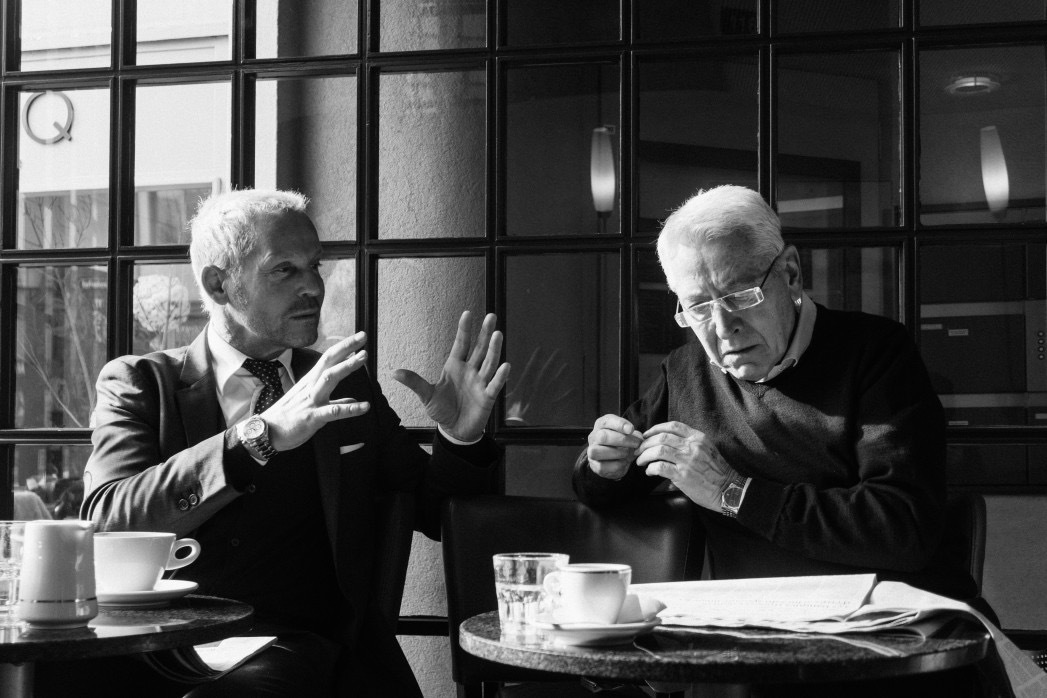“The place to improve the world is first in one’s own heart and head and hands, and then work outward from there.”
— ROBERT M. PIRSIG, Zen and the Art of Motorcycle Maintenance: An Inquiry Into Values
Many of us know that the hustle and productivity culture of the Western world simply doesn’t work, no matter how we try to adapt it to suit our values or our lifestyles. It encourages individual and team burnout, and cycles of boom and bust for world economies, which are detrimental to our wellbeing and, ultimately, to the planet. It also often encourages subpar work and outcomes, because the focus is mostly on profit in the short term, rather than building something substantial, sustainable, and of value for the long term, and which looks after the planet’s resources and human capital.
But what’s the alternative in today’s marketplace of fast? When we consider applying an artisan’s model to work, regardless of the field we’re in, things begin to fall into place in a nearly perfect way, both for today and in the long term, as it encourages slowing down to think strategically, imprinting all we do with a long term mindset, and it also allows us to remain agile and in the present more than the traditional-leaning widget model. The focus is quality over quantity, and on the artisan as an asset, rather than a tool.
“In the practice of any craft, we are less concerned with the quantity of the product than with its quality, and less concerned with the product than with the artisan.”
— LANZA DEL VASTO
So what is the artisan’s work model? And what are its defining characteristics?
- A dedication to, and pride in, learning and mastering a craft – be it creative, professional, service industry, tech, homemaking, art, science, or mathematics related – rather than only putting in the number of hours required to earn pay
- A focus on values over profit maximization
- Lower volume of output, but higher quality production (quality over quantity)
- A commitment to the wellbeing of the labor force, and the planet
- A strategy for working with fewer clients, and having deeper partnerships to promote a more synergistic and enjoyable work environment
- An artisan/apprentice relationship versus manager/employee for greater transference of skill and knowledge, and for true mentoring
- A financially sustainable business model – i.e. slow, agile growth with less waste
- Greater ESG investment, as industries and investors work toward having a positive impact on environmental, social, and governance factors
It isn’t always a simple transition to this business model, or to profitability during transition, as we’re seeing in the oil industry as it works toward a more sustainable product and business, but it’s an important mindset change, and any effort toward this model can have dramatic effects on the wellbeing of the firm, the employees, the end client, and on the planet, both in the short and long term. It’s also key to remember that an artisan’s work model is a much better predictor of long-term success than one yielded by throwaway or short-term strategies, which don’t always have the end game in mind.
Further reading on the artisan’s work model:
It’s Time to End Slash-and-Burn Capitalism – Harvard Business Review
The Craftsman by Richard Sennett
The Craftsman Approach: Master Your Work Through Deliberate Practice
Zen and the Art of Motorcycle Maintenance: An Inquiry into Values by Robert M Pirsig
Professional Communities and the Artisan Model of Teaching
The Importance of ESG for Oil and Gas Companies
Sustainability Investing is Changing the World Faster Than You Think

+ show Comments
- Hide Comments
add a comment